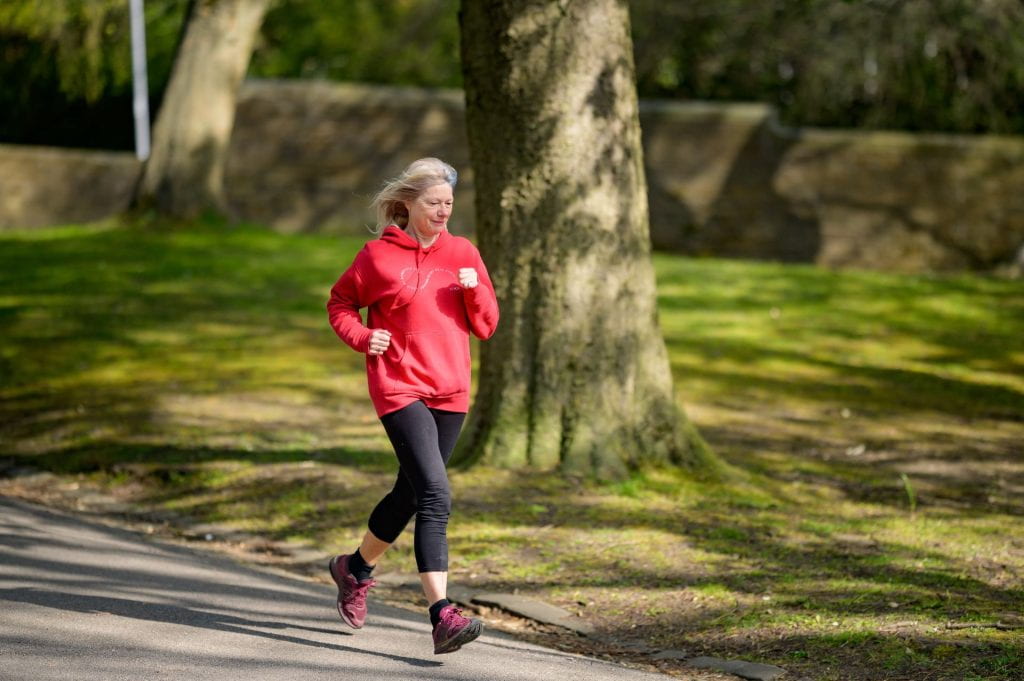Abstract
The healthful effects of physical activity on a multitude of physical and mental health outcomes are well documented. Despite promising increases in the percentage of U.S. adults meeting aerobic and muscle-strengthening physical activity guidelines (guidelines) during leisure time in nearly all demographic and regional subgroups 1998-2018, differences by rurality and U.S. Census Bureau region (Northeast, Midwest, South, and West), persist. Before 2020, analyses of rural-urban differences were dichotomized into nonmetropolitan (rural) versus metropolitan (urban) areas; however, in 2020 a four-category rural-urban variable to classify rural-urban status was included in the National Health Interview Survey (NHIS) public-use dataset. NHIS 2020 data were used to conduct multivariate logistic regression analyses by rural-urban status and U.S. Census Bureau region of the prevalence of meeting the aerobic, muscle-strengthening, and combined aerobic and muscle-strengthening guidelines during leisure time among adults aged ≥18 years, controlling for demographic characteristics. Prevalence of meeting the aerobic, muscle-strengthening, and combined aerobic and muscle-strengthening guidelines was consistently the lowest in Nonmetropolitan counties (38.2%, 21.1%, and 16.1%, respectively) and highest in the West region (52.1%, 35.3%, and 28.5%, respectively). Regardless of rural-urban classification and region, no more than 28% of adults met combined aerobic and muscle-strengthening guidelines. Adults in the most rural category were significantly less likely to meet aerobic, muscle-strengthening, and combined guidelines than were adults in each of the three other categories (adjusted odds ratio [aOR] range = 0.68-0.89). In addition, adults in medium and small metropolitan counties were less likely to meet guidelines than were adults in the two most urban categories (aOR range = 0.85-0.89). Adults in the Northeast, Midwest, and South U.S. Census Bureau regions were less likely to meet guidelines than were adults in the West region (aOR range = 0.75-0.82). These analyses identify geographic disparities in leisure-time physical activity where focused population-level intervention efforts could help reduce or eliminate the consequent disparities in chronic conditions (e.g., cardiovascular diseases) and the resulting mortality.
